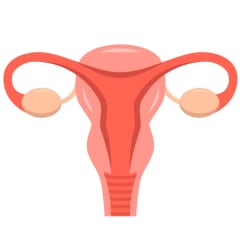The seven chakras in yoga are energy centers located along the central axis of the body, from the base of the spine to the crown of the head. Each chakra is associated with a different aspect of our being, and can be balanced and activated through specific yoga practices. Here are the seven chakras in yoga:
- Muladhara (Root Chakra): Located at the base of the spine, this chakra is associated with survival, grounding, and stability. Its element is earth, and its color is red.
- Svadhisthana (Sacral Chakra): Located in the lower abdomen, this chakra is associated with creativity, sensuality, and emotions. Its element is water, and its color is orange.
- Manipura (Solar Plexus Chakra): Located in the upper abdomen, this chakra is associated with power, self-esteem, and willpower. Its element is fire, and its color is yellow.
- Anahata (Heart Chakra): Located in the center of the chest, this chakra is associated with love, compassion, and connection. Its element is air, and its color is green.
- Vishuddha (Throat Chakra): Located in the throat, this chakra is associated with communication, self-expression, and authenticity. Its element is ether or space, and its color is blue.
- Ajna (Third Eye Chakra): Located in the center of the forehead, this chakra is associated with intuition, insight, and wisdom. Its element is light, and its color is indigo.
- Sahasrara (Crown Chakra): Located at the crown of the head, this chakra is associated with consciousness, spirituality, and connection to the divine. Its element is thought or pure consciousness, and its color is violet or white.
Many yoga instructors incorporate the concept of the seven chakras into their practice, as it provides a framework for understanding the subtle energy system of the body and can help students to connect more deeply with themselves and their practice.
Yoga instructors may guide students through specific asanas or sequences that activate and balance the different chakras, or incorporate pranayama (breathing techniques), meditation, visualization, and other practices that focus on the chakras.
In addition, yoga instructors may use the chakras as a theme or intention for their classes, inviting students to explore and cultivate specific qualities or aspects associated with each chakra, such as grounding, creativity, self-esteem, love, communication, intuition, or connection to the divine.
While the concept of the chakras is not essential to practicing yoga, it can provide a useful framework for understanding the deeper dimensions of the practice and cultivating a more holistic approach to health and wellbeing.

